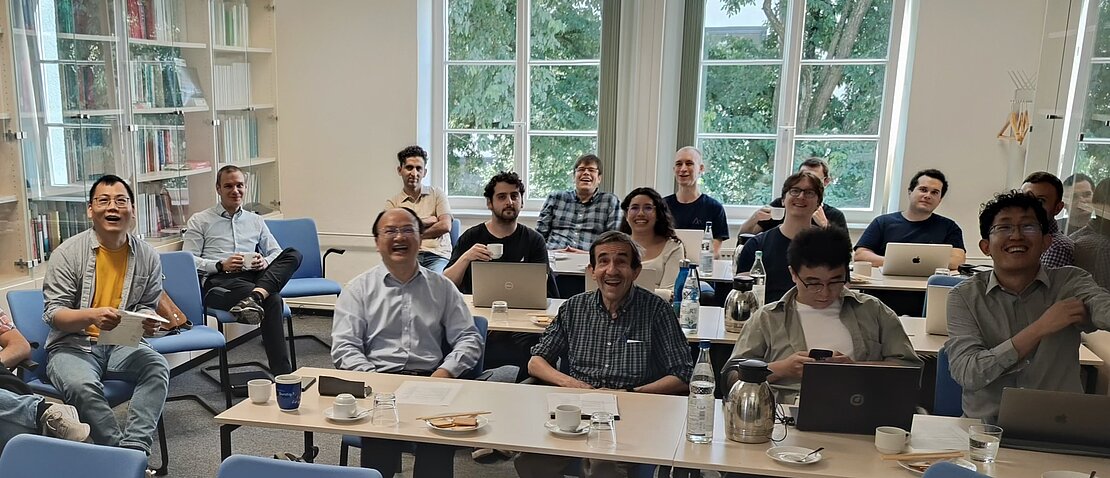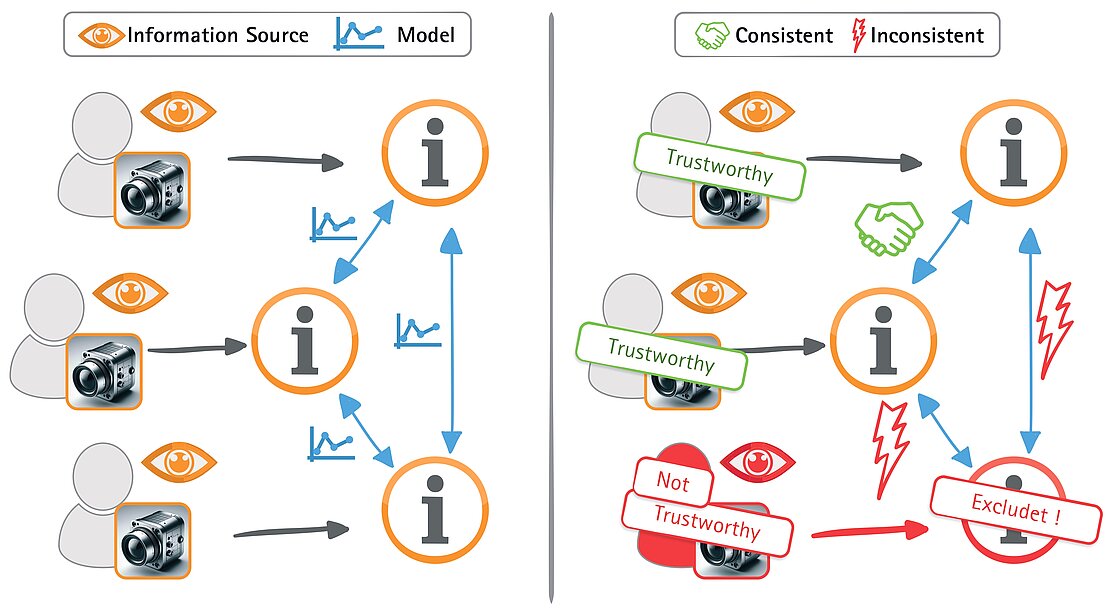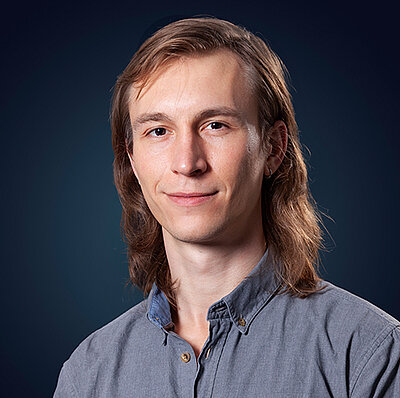Exploring Uncertainty in Engineering – Workshop on Recent Advances
On August 21, 2024, a gathering of uncertainty experts and engineering enthusiasts convened at the Institute for Risk and Reliability (IRZ) at Leibniz University Hannover for the workshop "Recent Advances in Uncertainty Quantification and Propagation for Engineering Structures and Systems." The event, held both in person and online, featured contributions from leading researchers and emerging talents. It fostered crucial discussions on state-of-the-art methods for addressing uncertainty in engineering, a challenge of increasing significance in the context of modern technological and environmental demands.
What is Uncertainty, and What is Uncertain?
As illustrated in Fig. 1, uncertainties are generally classified as aleatory, stemming from inherent randomness or natural variability, or epistemic, arising from incomplete knowledge, insufficient data, or inaccurate modeling [1], [2], [3]. Aleatory uncertainty is typically considered irreducible, inherent to the system and its environment, and often modeled stochastically [3]. For example, dynamic loads like earthquake or wind vibrations affect engineering structures, such as bridges [4] or wind turbines [5]. With Structural Health Monitoring (SHM), sensor noise that is acceptable after successful calibration can also be modeled as aleatory uncertainty [7]. Conversely, epistemic uncertainty can be reduced through increased efforts to improve data quality or modeling [1], compare Fig. 1.

For engineers, determining whether the level of uncertainty in key indicators presents a potential risk to the safety and usability of an engineering system is critical. This relies on using uncertainty quantification methods and efficiently propagating that uncertainty through sophisticated models [3]. Combined with importance measures (e.g., from sensitivity analyses), this enables identifying cost-effective actions to reduce uncertainty to an acceptable level and, thereby, ensures appropriate decision-making.
Key Highlights from the Workshop
The workshop began with opening remarks by the head of the IRZ, Prof. Michael Beer, who welcomed the international experts: Prof. Vladik Kreinovich (University of Texas at El Paso, USA), Prof. Jian-Bing Chen (Tongji University, China), and Humboldt Fellow Dr. Mengze Lyu. Diverse presentations and discussions highlighted various approaches to Uncertainty Quantification (UQ) and its implications across multiple disciplines.

Quantification of Uncertainties
Diverse presentations and discussions highlighted various approaches to the quantification of uncertainties (UQ) and their impact on different disciplines:
Uncertainty in Artificial Intelligence: In his keynote lecture, Prof. Vladik Kreinovich (UTEP, USA) provided insights into examining and quantifying uncertainty propagated in models based on artificial intelligence, for example, when used in engineering assessments.
Uncertainty in Structural Dynamics: Dr.-Ing. Marius Bittner (IRZ) demonstrated a tunable shaking table for cost-effective experimental vibration testing for UQ research, integrated with computational structural dynamics simulations. Dr. Elias Said Rahimi (IRZ) discussed the fragility and risk assessment of modular buildings under earthquake dynamic loads. Dr.-Ing. Marco Behrendt (IRZ) presented a transformation method for interval uncertainty from time to frequency domain. Dr. Mengze Lyu (Humboldt Fellow) presented a novel approach for complex nonlinear stochastic systems. Dr. Marcos Valdebenito, Mauricio Alejandro Masraji Lagos, and Nataly Alejandra Manque Roa (TU Dortmund, Germany) discussed sensitivity in first excursion probability analyses and handling geometric uncertainty in isogeometric structural analyses.
Propagating Hybrid Uncertainty Through Complex Models: Niklas Schietzold (TU Dresden, Germany) addressed challenges in propagating fuzzy fields. In addition, Dr.-Ing. Marc Fina (KIT, Germany) presented polymorphic uncertainty modeling in structural mechanics.
Stochastic Model Updating: Thomas Potthast (IRZ) introduced a novel stochastic model updating method using sliced normal maps to improve accuracy in uncertain simulations. Dr.-Ing. Jan Grashorn (IRZ) discussed a new filtering approach to enhance sequential state-parameter estimation, improving reliability analyses in dynamic system modeling.
Uncertainty in Structural Health Monitoring: Niklas R. Winnewisser (IRZ), working on the SPP 100+ sub-project D01, presented a promising approach to enhance the treatment of deterioration uncertainties in SHM sensor systems [6]. By tracking the level of epistemic uncertainty (Fig. 1), engineers can dynamically evaluate SHM data quality, estimate risks, and prioritize sensor network maintenance. The framework detects, localizes, and compensates for sensor malfunction via cross-validation between sensor measurements based on physics- or data-driven models (Fig. 3 left).

The increase in uncertainties can be detected by starting with a reference frame established under controlled conditions and free from epistemic uncertainty due to sensor deterioration. The approach enables localization of sensor malfunction, which is indicated by decreasing expected trust for specific sensors. As illustrated in Fig. 3. b), the implemented exclusion mechanism based on evaluating untrustworthiness further enables compensation by maintaining a low level of epistemic uncertainty for the majority of measurement instruments, even in the face of simultaneous malfunction of several sensors. In collaboration with Prof. Steffen Marx (TU Dresden) and Jan-Hauke Bartels, the approach is being further developed with planned presentations at the IABSE25 conference in Tokyo and the IWSHM25 in Stanford [8], [9].
Facilitating National and International Scientific Exchange
The increasing frequency and severity of disruptive events emphasize equipping engineers with innovative computational tools for assessing, simulating, and predicting design indicators in complex engineering systems within uncertain environments. This requires fostering national, European, and global dialogue and collaboration. The Institute for Risk and Reliability aims for this endeavor, driving international research integrating theoretical advancements and practical applications.
The IRZ team looks forward to welcoming you to future workshops. Besides that, the EURODYN 2026 (https://eurodyn2026.org), European Conference on Structural Dynamics, at the Leibniz University Hannover's "Welfenschloss," is a further chance to connect with the IRZ and topics like dynamic structural analyses and inherent uncertainties. This event's supporters are institutions like the European Association in Structural Dynamics and the American Society for Civil Engineering. For more information, please contact the responsible research associate, Niklas R. Winnewisser, via email at winnewisser@irz.uni-hannover.de.
References
[1] Kiureghian, A., and Ditlevsen, O. (2009). Aleatory or epistemic? Does it matter? Structural Safety, 31(2), 105-112.
[2] Beer M., Ferson S., and Kreinovich V. (2013). Imprecise probabilities in engineering analyses. Mechanical Systems and Signal Processing. 37(1-2): 4–29.
[3] Salomon J., Winnewisser N., Wei P., Broggi M., and Beer M. (2021). Efficient reliability analysis of complex systems in consideration of imprecision. Reliability Engineering & System Safety, 216, 107972.
[4] Andrés Arcones, D.; Weiser, M.; Koutsourelakis, P.-S.; Unger, J.F.: Uncertainty Quantification and Model Extension for Digital Twins of Bridges through Model Bias Identification. In: ECCOMAS 2024 – 9th European Congress on Computational Methods in Applied Sciences and Engineering, 3-7 June 2024, Lisbon, Portugal.
[5] Bartels J. H., Potthast T., Kitahara M., Marx S., and Beer, M. (2023). Robust SHM Systems Using Bayesian Model Updating. ISOPE 2024 – 34th International Ocean and Polar Engineering Conference, 19-31 June 2023, Ottawa, Canada.
[6] Winnewisser N. R., Potthast T., Mett F., Perin A., Broggi M., & Beer M. (2024). How to Be Certain: Using Known Relations and Trust Discount to Determine Confidence About the Degree of Uncertainty. EWSHM 2024 – 11th European Workshop on Structural Health Monitoring, 10-14 June 2024, Potsdam, Germany.
[7] Winnewisser N. R., Hoyer M., Bartels J. H., Mett F., Potthast T., Marx S., Beer M. (2025). How to Determine the Level of Epistemic Uncertainty and Exclude Faulty Sensors in Structural Health Monitoring Systems, submitted and accepted at IABSE Symposium Tokyo 2025 – International Association for Bridge and Structural Engineering, 18-21 May 2025, Tokyo, Japan.
[8] Hoyer M., Winnewisser N. R., Bartels J. H., Potthast T., Marx S., Beer M. (2025). Investigating Robustness in Detection, Localization, and Compensation of Sensor Malfunctions in Degrading Structural Health Monitoring Systems, submitted for review at IWSHM 2025 – 15th International Workshop on Structural Health Monitoring 9-11 September 2025, Stanford, California, USA.



